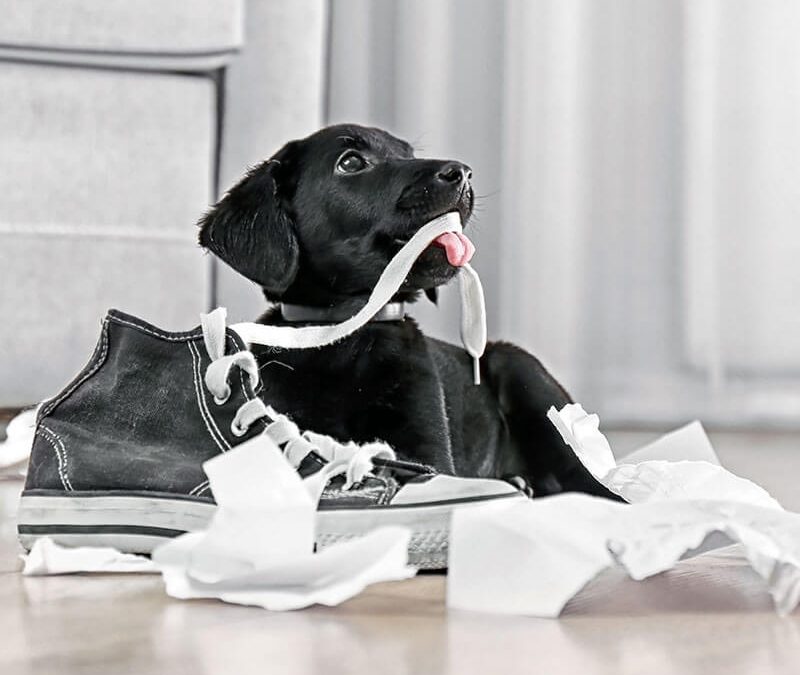Rambunctious Dog Training: The Journey to a Well-Trained Dog Starts Here
Welcome to our blog on training a rambunctious dog! Whether you are a new puppy parent or struggling with the antics of an energetic adult dog, we understand the challenges you may be facing. But fear not! With the right approach, consistency, and patience, you can transform your rambunctious furry friend into a well-trained and well-behaved companion.
In this comprehensive guide, we will walk you through the step-by-step process of training a rambunctious dog. From basic obedience commands to addressing behavioral issues, this blog will cover everything you need to know to help your dog become a polished pro. So, let’s dive in!
1. Understanding Rambunctious Behavior:
Before diving into training techniques, it’s important to understand why dogs can exhibit rambunctious behavior. Dogs are naturally energetic creatures with instincts to explore and play. Some breeds, such as terriers, hounds, or working dogs, may be more prone to rambunctiousness due to their high energy levels. Additionally, puppies, in general, tend to be more energetic and need proper outlets for their energy.
By acknowledging their natural tendencies and understanding their needs, we can address their behavior effectively and redirect their energy towards positive activities.
2. Establishing a Training Routine:
Consistency is key when it comes to training a rambunctious dog. Establishing a routine provides structure and helps your dog understand expectations. Set aside dedicated training sessions each day and stick to the same time and place. This consistency will help your dog focus and learn more efficiently.
3. Positive Reinforcement vs. Punishment:
When training your rambunctious dog, positive reinforcement should be your primary training tool. Rewarding desired behaviors will motivate your dog to continue behaving appropriately. Whether it’s using treats, toys, or verbal praise, positive reinforcement creates a positive association for your dog.
Avoid punishment-based training techniques. Punishing a rambunctious dog can lead to fear, anxiety, and can worsen behavioral issues. Instead, focus on redirection and rewarding alternative behaviors.
4. Basic Obedience Training:
Begin your training journey by teaching your dog basic obedience commands. These commands form the foundation for good behavior and create a bond of trust and communication between you and your dog.
Teaching Sit, Stay, and Down Commands:
Start with teaching your dog the “sit” command. Use treats held above their head to guide their natural motion into a seated position. Once they understand the concept, introduce the verbal cue. Repeat this process with the “stay” command, gradually increasing the duration of time they are required to remain seated.
The “down” command is another essential obedience skill. Lure your dog into a down position using a treat and introduce the verbal cue. Be patient and reward your dog when they successfully perform the desired behavior.
Recall Training: Come When Called:
A reliable recall is fundamental for a well-trained dog. Begin recall training in a safe, enclosed area with minimal distractions. Use a happy and encouraging tone, along with treats or toys, rewarding your dog every time they come to you. Gradually increase the distance and distractions over time, reinforcing their recall skills.
Loose Leash Walking:
Walking politely on a leash is crucial for both your dog’s safety and your sanity! Introduce loose leash walking by using treats or a clicker to reward your dog for walking without pulling. Be persistent and patient, as this is a skill that may take time and practice to perfect.
Managing Rambunctious Dog Issues:
Addressing behavioral issues is an important part of training a rambunctious dog. Here are some common issues and techniques to help manage them effectively.
Jumping up on People:
Rambunctious dogs often display jumping behavior in their excitement. Teaching an alternative behavior, like sitting or offering a paw instead, can redirect their energy. Consistently reinforce and reward the desired behavior.
Excessive Barking:
Excessive barking can be caused by various factors, including boredom, fear, or attention-seeking. Identify the trigger for the barking and address it accordingly. Provide mental stimulation with toys and puzzles, ensure sufficient exercise, and consider professional help if the issue persists.
Chewing and Destructive Behavior:
Dogs, especially puppies, explore the world using their mouths. Provide appropriate chew toys and redirect their attention when they are tempted to chew on inappropriate items. Reward them for chewing on their toys to reinforce this positive behavior.
Socialization Skills:
Socialization is crucial for dogs, especially rambunctious ones. Expose your dog to different environments, people, and other animals from an early age. Enroll in puppy socialization classes or consult a professional trainer for guidance. Positive experiences during socialization can help prevent fear or aggression towards unfamiliar situations.
Further Training Resources:
If you feel overwhelmed or lack the time and expertise needed to train your rambunctious dog, consider seeking help from a professional dog trainer. With their knowledge and experience, they can create a customized training plan tailored to your dog’s specific needs.
Additionally, many resources are available online or in books that provide detailed guidance on training rambunctious dogs. Take advantage of these materials to further enhance your training approach.
Get Help With Your Dog Today!
Training a rambunctious dog requires patience, consistency, and an understanding of their natural tendencies. By establishing a routine, using positive reinforcement, and addressing behavioral issues effectively, you can guide your dog on the journey to becoming a well-trained canine companion.
Remember, each dog is unique, and training methods may vary. Stay attuned to your dog’s individual needs, and always prioritize their physical and emotional well-being throughout the training process. With dedication and a positive mindset, your rambunctious dog can become a polished pro in no time.
So, take that first step, invest in your dog’s future, and together, enjoy the journey towards a harmonious and well-trained relationship.

